Why The Nintendo Switch Is Set Up For Failure
Nintendo Switch does look cool, don’t get me wrong. But unfortunately, novel concepts aren’t all you can have in a rather archaic industry that seems to be more focused on speeds and feeds than ever.
Formerly known as the NX, Nintendo’s Switch has been in the rumour mill for months, and many of the predictions are correct – it’s a home/portable hybrid console… Well, not really – it's essentially a tablet with a cradle for hooking up to a TV.
To me, there are some fatal flaws in the design, usability and timing that increase the chance of this being Nintendo’s final nail in the hardware coffin. And after debating this for hours with my friends (and the river of commenters on the NRM Facebook page), it’s time to share my thoughts.
Now, as is obvious about this opinion piece – many of my thoughts are based on the hardware and timing of the launch, but others (including the graphical power) are based on limited information.
My judgements of these are based on analysing the information Nvidia has released about their hardware inside the Switch and some general presumptions based on Nintendo’s focus on gameplay over power.
So, with that out the way, and a plea to not kill me for this, here’s why I feel the Switch is setting up for failure.
The Hardware – a complex sandwich
Let’s get my main subjective point of contention out the way – this thing is ugly.
The tablet protrudes out of the home hardware slot like an overfilled sandwich, breaking the symmetry of the monolithic box they were quite clearly going to go for.
The controller when connected together with the joypad looks to be severely uncomfortable, and the size of the screen will make things tricky when it comes to switching between touchscreen interactions and the controller (assuming this thing has a touchscreen of course).
And I, for one, love that a company is actually caring about local multiplayer gaming – sitting next to your mate and competing on split screen games has been long overlooked by the big players.
It’s an untapped audience and a smart decision for Nintendo… But on a tiny display using one fiddly half of a controller? No. People are not going to do that. It’s impractical.
When it comes to multiplayer gaming on the go, the general consumer will want to play on their own screen. It’s a cracking idea, but one that falls in poor execution.
Also, with the vast amount of hardware switching that will be happening with this console, I hope to Christ the elements are sturdy and click as easily in & out of place as the trailer alludes to!
Nobody wants to play splitscreen Mario on a display that small...
What’s in the box?
Nvidia has confirmed a variant of their Tegra system-on-a-chip (SOC) will be running in the Nintendo Switch. This is a chip that powers most smartphones and tablets of today, which is great for the portable aspect, but means the home gaming may take a bit of a hit.
Firstly, most modern consoles are built on the x86-based instruction set of the PC – a deliberate move to enable ease of access to the home gaming market. Nintendo’s choice of Tegra means it will run on the ARM instruction set, and Nvidia has gone further to say they are making “new gaming APIs” specific to the Switch.
This metaphorically maroons the console on an island when it comes to the PS4 and XBONE – forcing developers to change A LOT of their code to become compatible with a console, from a company with a sceptical reputation.
On one side, the architecture sets it up ideally for a good casual console – an interesting canvas on which to explore different types of gameplay. However, who actually commits outside of Nintendo themselves is a different story?
Sure, they’ve got their list of “partners” – or developers willing to do slightly scaled down versions of their original games (which you can play on other consoles), in order to run on the underpowered hardware. But as we’ve learnt from the Wii and Wii-U, these partnerships have not lasted longer – averaging out at just one game.
And I know I said this opinion was based on predictions, but let’s look at what we know – the Nintendo Switch uses a system-on-a-chip for both operability and graphics performance, whereas Sony and Microsoft’s consoles have dedicated graphics. Visually, games are taking a step down.
But don’t get me wrong – graphics do not make a game. As plenty of titles demonstrate, a style over substance attitude is good to have, but that’s not an attitude that general consumers have. But with easier-to-access ecosystems with more powerful hardware out there, you already know what’s going to happen…
Same as previous generations, plenty of Nintendo Switch's launch titles will be releasing over the next few months on other consoles, taking the hype out of the console launch (except for exclusives of course) - because more and more, 3rd party exclusives are becoming just as important as 1st party titles.
Right place. Wrong time.
If the Switch was around at the dawn of PS4 and Xbox One, it would have had a chance with gamers.
But now, nearly three years since the launch of these two consoles, people have already invested in their respective ecosystem. Some people are gearing up to invest again with the PS4 Pro and Project Scorpio (here’s why I think you shouldn’t).
In a situation like this, the best time to launch would be Christmas, as a lower priced alternative to the miniaturised Xbox One and PS4. But their launch window is March 2017 – a time when nobody is really thinking about buying a new console.
And you can already see it happen come March. Nintendo will hit the market with a lower price than the big guys. But then, the same week the Switch comes out, Sony and Microsoft will cut their prices too.
Thanks to this trifecta, Switch could be Nintendo’s last hardware effort (in my opinion). I hope I’m wrong. Please.


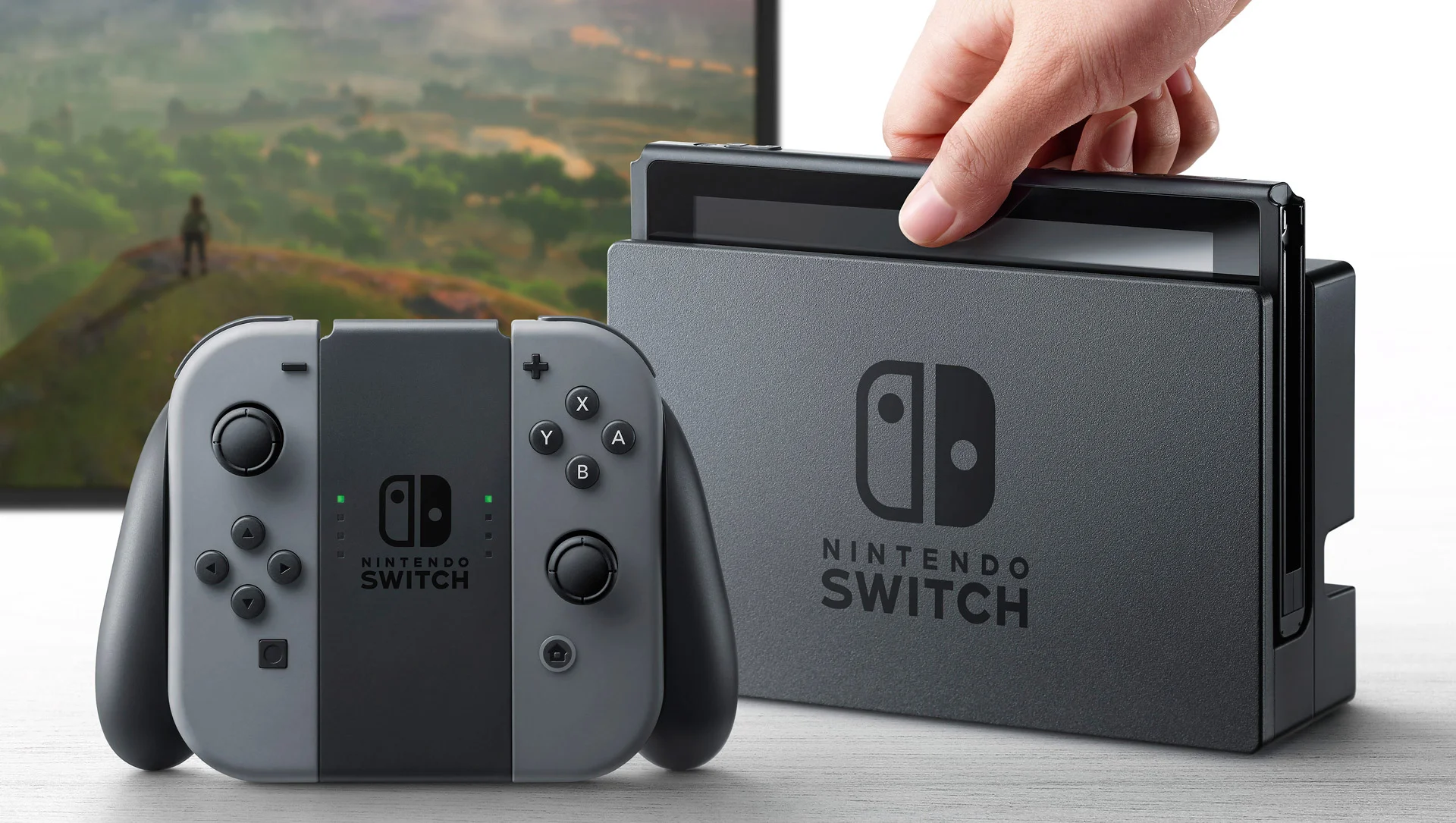






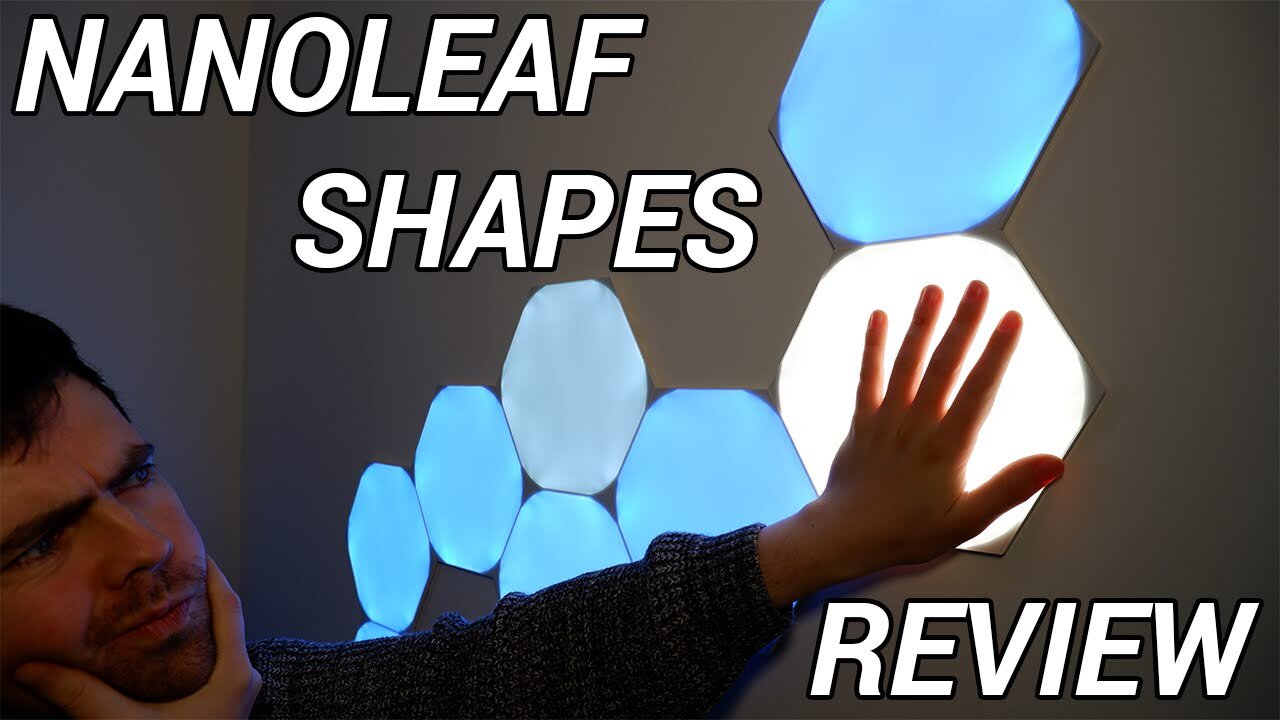
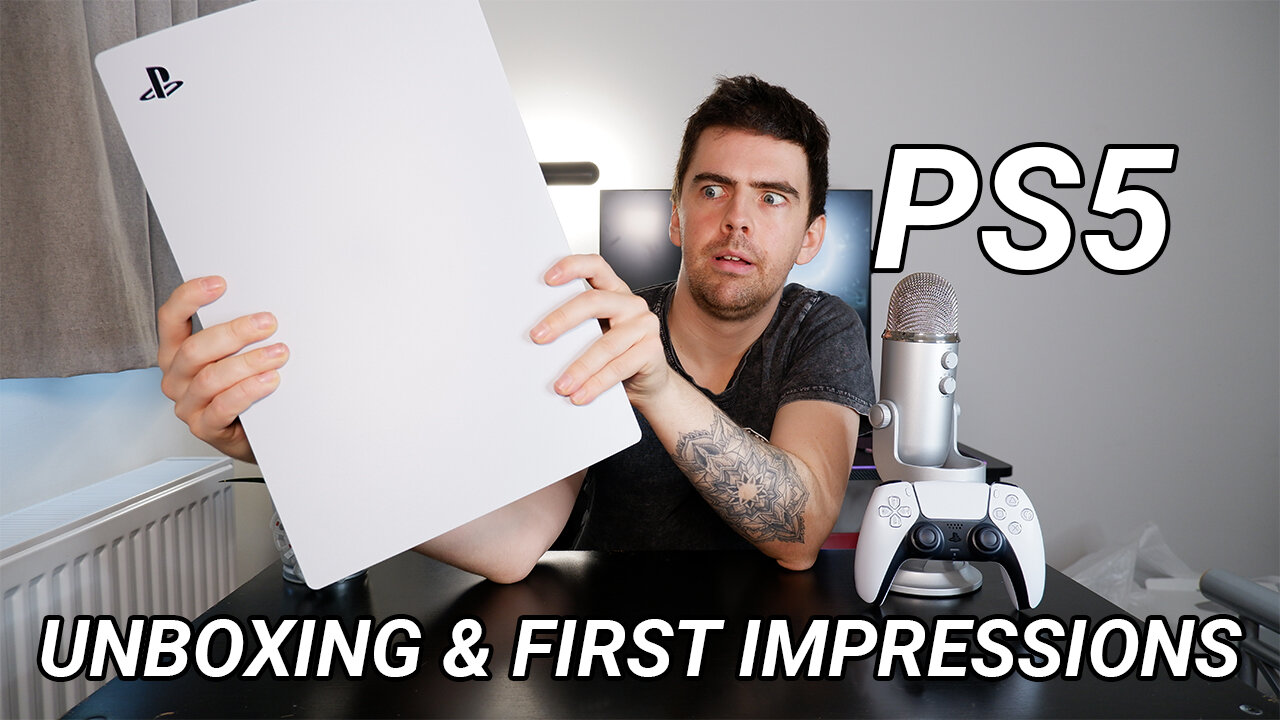
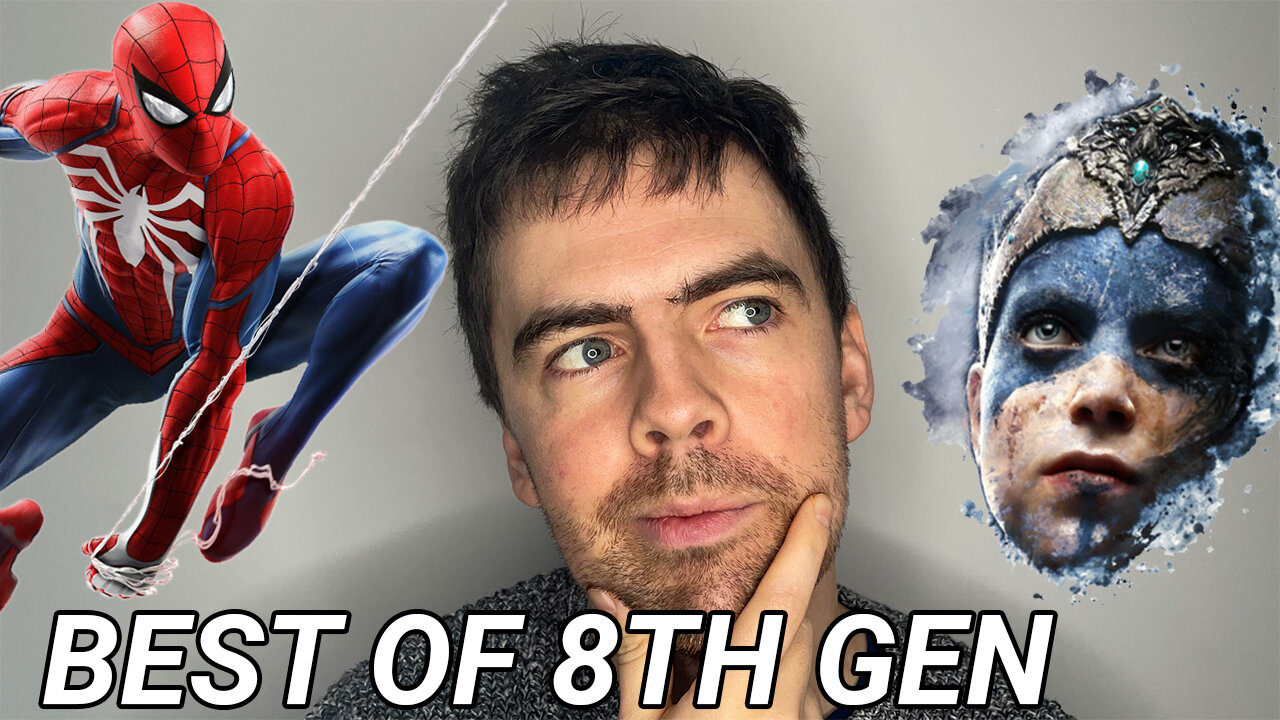

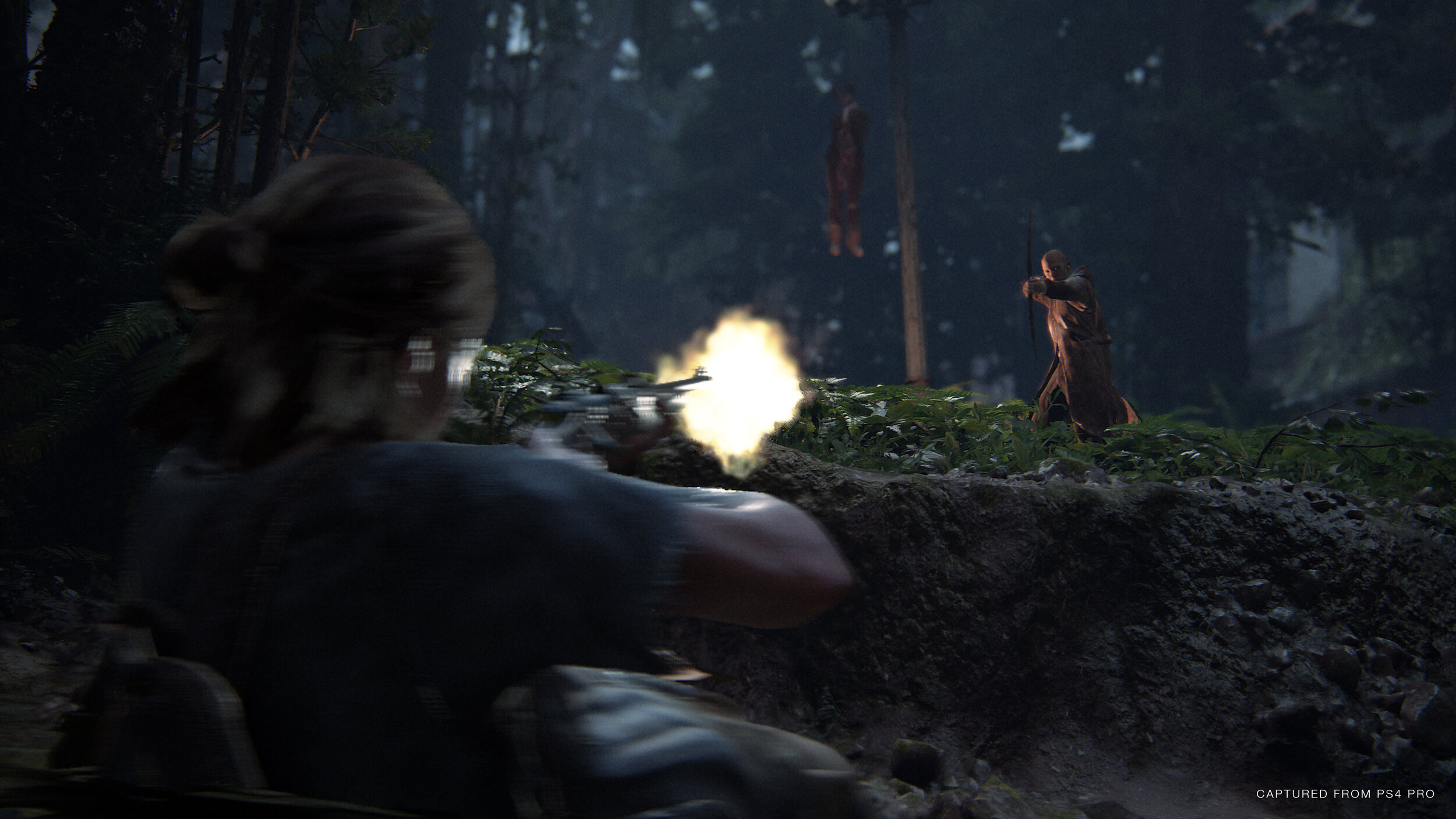


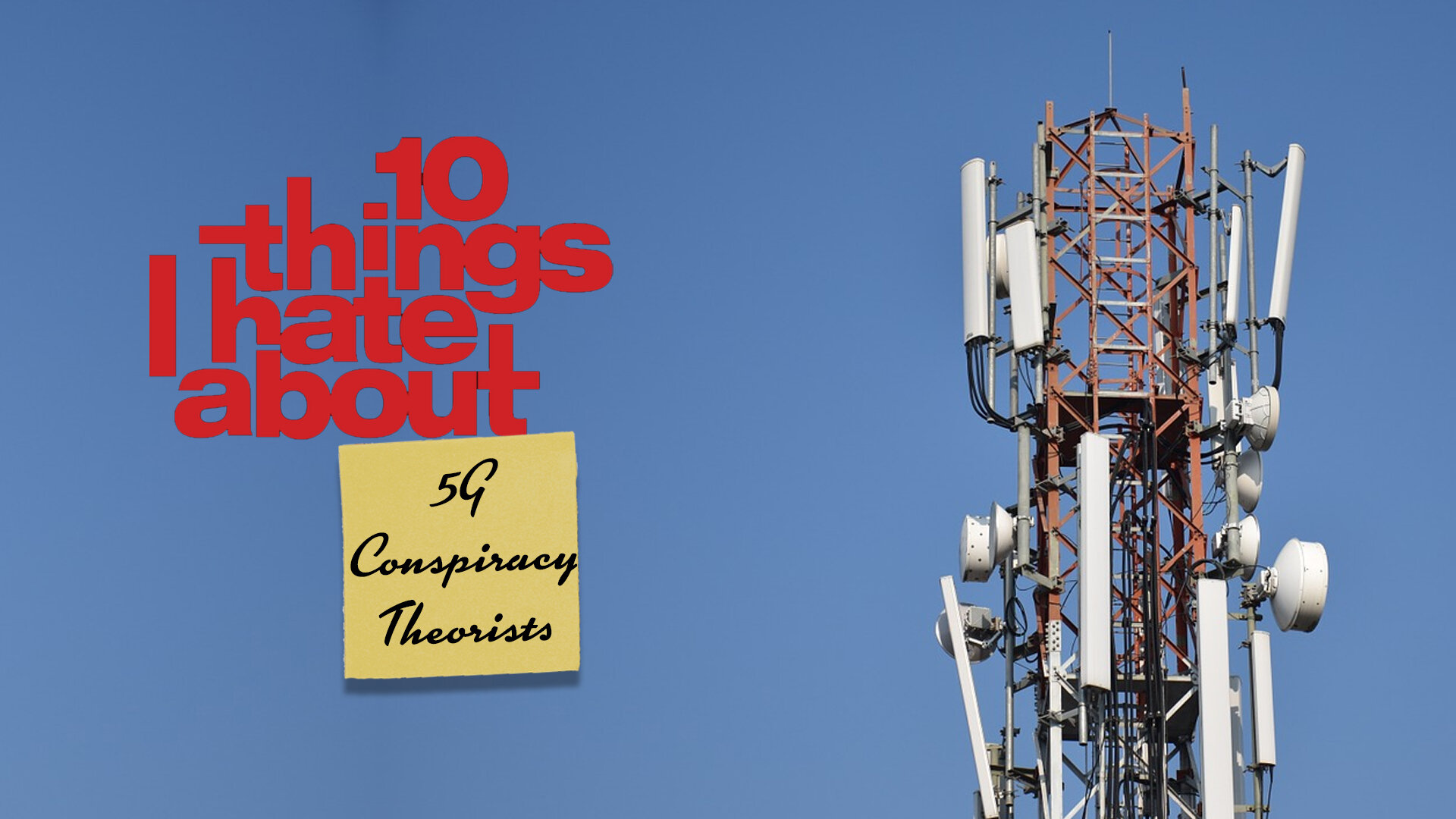
Alongside the scientists, 50% of the British public and the future health of young people across the nation, I have one simple request: delay Freedom Day, please.